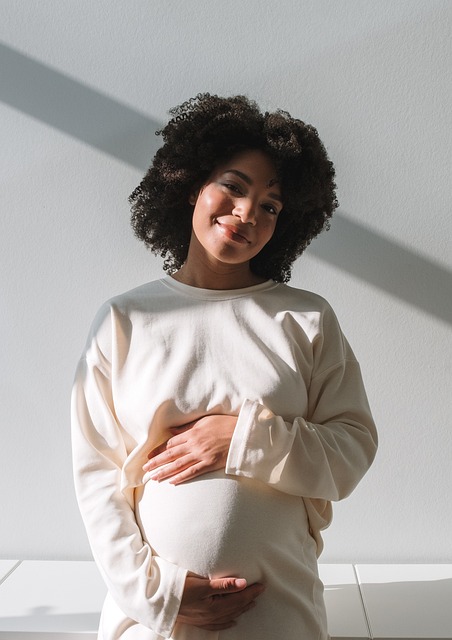Curious about your fertile window? You might be surprised to find out that there are only a handful of days in your cycle when conception is possible. This period, known as your “fertile window,” typically begins around day 10 of your cycle and lasts for about five days, including the day you ovulate.
If you’re eager to conceive, here’s what you should know about your fertile window, along with some handy tips for tracking your cycle and timing intercourse to boost your chances of pregnancy.
What Exactly Is Your Fertile Window?
Your fertile window is the time each month when pregnancy can occur. It includes the day your body releases an egg (ovulation) and the five days leading up to it. On average, menstrual cycles last around 28 days, although they can range from 23 to 35 days. The cycle consists of several phases:
- Menstruation – This is your period.
- Follicular phase – The uterine lining thickens in preparation for a possible pregnancy.
- Fertile window – The days when you can conceive.
- Ovulation – When an egg is released from the ovaries.
- Luteal phase – Progesterone levels rise to maintain the uterine lining.
For those trying to conceive, having unprotected sex during this fertile window is key. You can either have intercourse every two to three days throughout the month or pinpoint your fertile days and plan accordingly.
How Long Does Ovulation Last After Your Period?
Once your period wraps up, the follicular phase kicks in. During this time, an egg matures in the ovaries, and the uterine lining thickens. About a week after your period, rising levels of luteinising hormone (LH) trigger ovulation, releasing a mature egg. Although ovulation lasts just a day (with the egg viable for only 12 to 24 hours), sperm can survive for up to five days, extending your fertile window. Typically, your most fertile days are the five days leading up to ovulation and the day you ovulate itself. So, if you’re counting days, aim for about 10 to 16 days before your next period starts.
If the egg isn’t fertilized, it breaks down and is absorbed by your body, leading to menstruation roughly 14 days after ovulation.
Tracking Your Ovulation and Fertile Days
Pinpointing your fertile window can be tricky. While ovulation often occurs around day 15 in a typical cycle, many women experience variations of five days or more. To track your ovulation accurately, consider these methods:
- Ovulation Prediction Kits (OPKs) – These detect the LH surge in your urine.
- Cervical Mucus Monitoring – Changes in discharge can indicate approaching ovulation.
- Ovulation Tracking Apps – These estimate your ovulation based on past cycles, but may not be reliable for irregular cycles.
- Basal Body Temperature – A slight rise in temperature indicates ovulation.
- Progesterone Tests – These confirm that ovulation has occurred by checking hormone levels.
If you want to predict ovulation ahead of time, OPKs and monitoring cervical mucus are reliable methods.
Can You Get Pregnant Outside of Your Fertile Window?
Conception outside your fertile window is highly unlikely. For pregnancy to happen, sperm must meet an egg in the fallopian tubes, and with just one egg released per cycle, the chance for fertilization is limited. Sperm can linger for up to five days, which is why timing intercourse during your fertile days is so critical.
Enhancing Your Chances of Conception
Your odds of getting pregnant can vary, with chances around 1 in 10 at the start of your fertile window and as high as 1 in 3 on the day of ovulation. To improve your chances of conception:
- Try having regular sex every 2 to 3 days throughout your cycle.
- Maintain a healthy lifestyle by quitting smoking and reducing alcohol.
- There’s no need to abstain from ejaculation; regular release is beneficial.
- Set realistic goals for intimacy to reduce stress.
- Choose a comfortable position during intercourse; sperm can swim swiftly to the cervix, so there’s no need for special techniques.
- If you’ve been trying for over a year or have irregular periods, consider consulting a fertility specialist for insights.
For more related content, check out our blog post on unconventional baby names for some inspiration! Additionally, for those exploring home insemination options, you can find a great resource at Make A Mom.
Summary
In conclusion, understanding your fertile window is essential for those hoping to conceive. By tracking ovulation through various methods and maintaining a healthy lifestyle, you can enhance your chances of getting pregnant.

